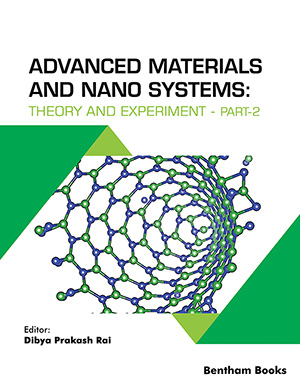Abstract
SHS investigation development is considered from the geographical and historical viewpoint. 3 stages are described. Within Stage 1 the work was carried out in the Department of the Institute of Chemical Physics in Chernogolovka where the scientific discovery had been made. At Stage 2 the interest to SHS arose in different cities and towns of the former USSR. Within Stage 3 SHS entered the international scene. Now SHS processes and products are being studied in more than 50 countries.
Abstract
Nanotechnology is, in fact, a fairly extensive field of study and research at the moment. Physicists, chemists, biologists, material scientists, engineers, and computer scientists all contributed to its creation. In this paper, we examine how nanotechnology is evolving and growing, as well as how it may be utilised to construct a computer that is smaller, faster, and more trustworthy. In this work, we focus on the top-down and bottom-up manufacturing approaches to nanotechnology, which have a direct impact on current computer design and architecture. Researchers have been driven to enhance and produce a smaller, quicker, and more reliable computers due to the widespread usage of computers and their vast use in the contemporary world. Nanotechnology has the potential to achieve this goal. According to the definition of nanotechnology, it is the design, characterization, production, and application of structures, devices, and systems by controlled manipulation of size and shape at the nanometre scale atomic, molecular, and macromolecular scale, which results in structures, devices, and systems with at least one novel/superior characteristic or property. Passive nanostructures are the name given to this kind of structure.
Keywords:
Nanobelt, Nanomaterials, Nanostructure and Applications, Properties.
We recommend

Authors:Bentham Science Books






